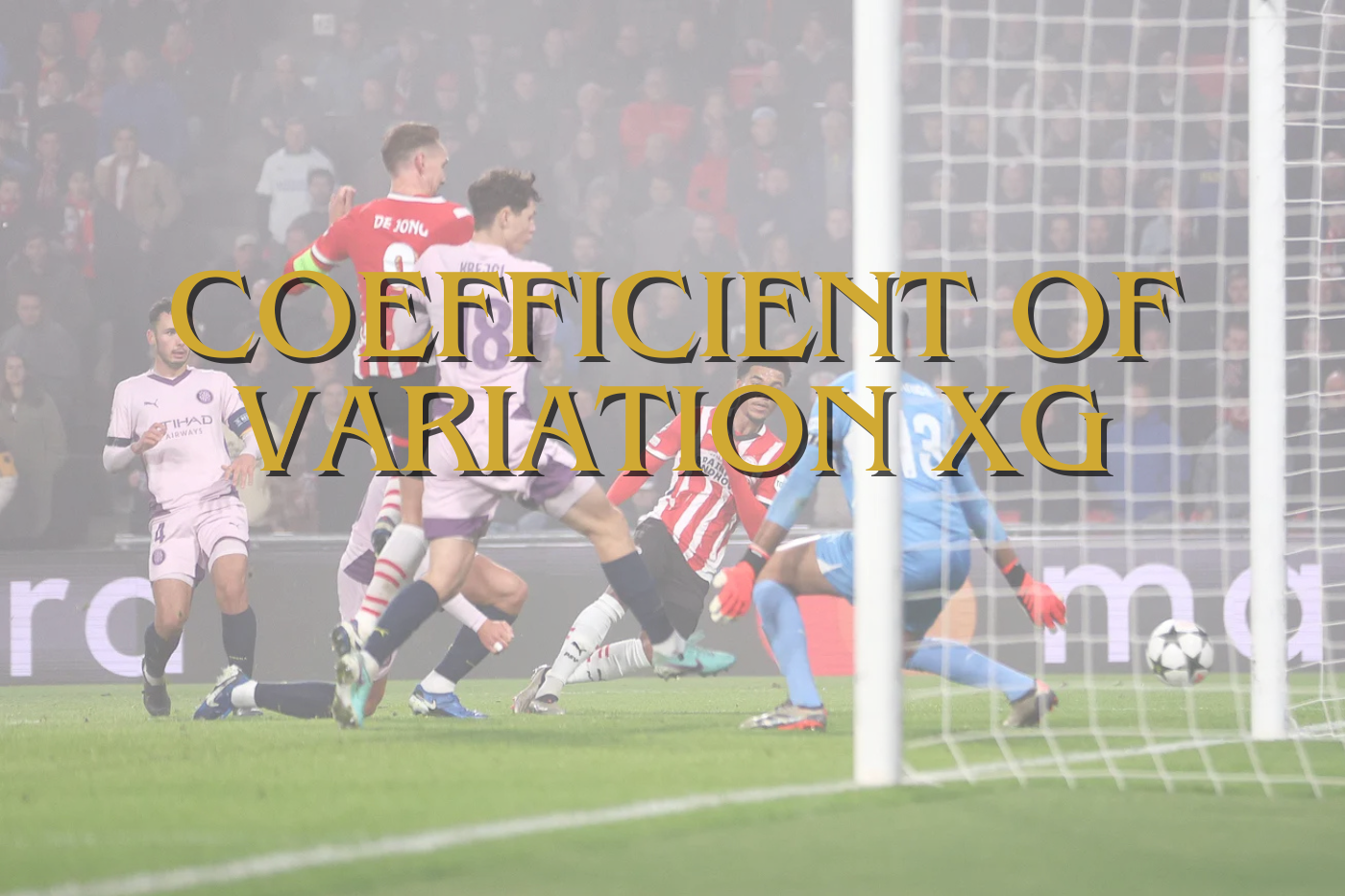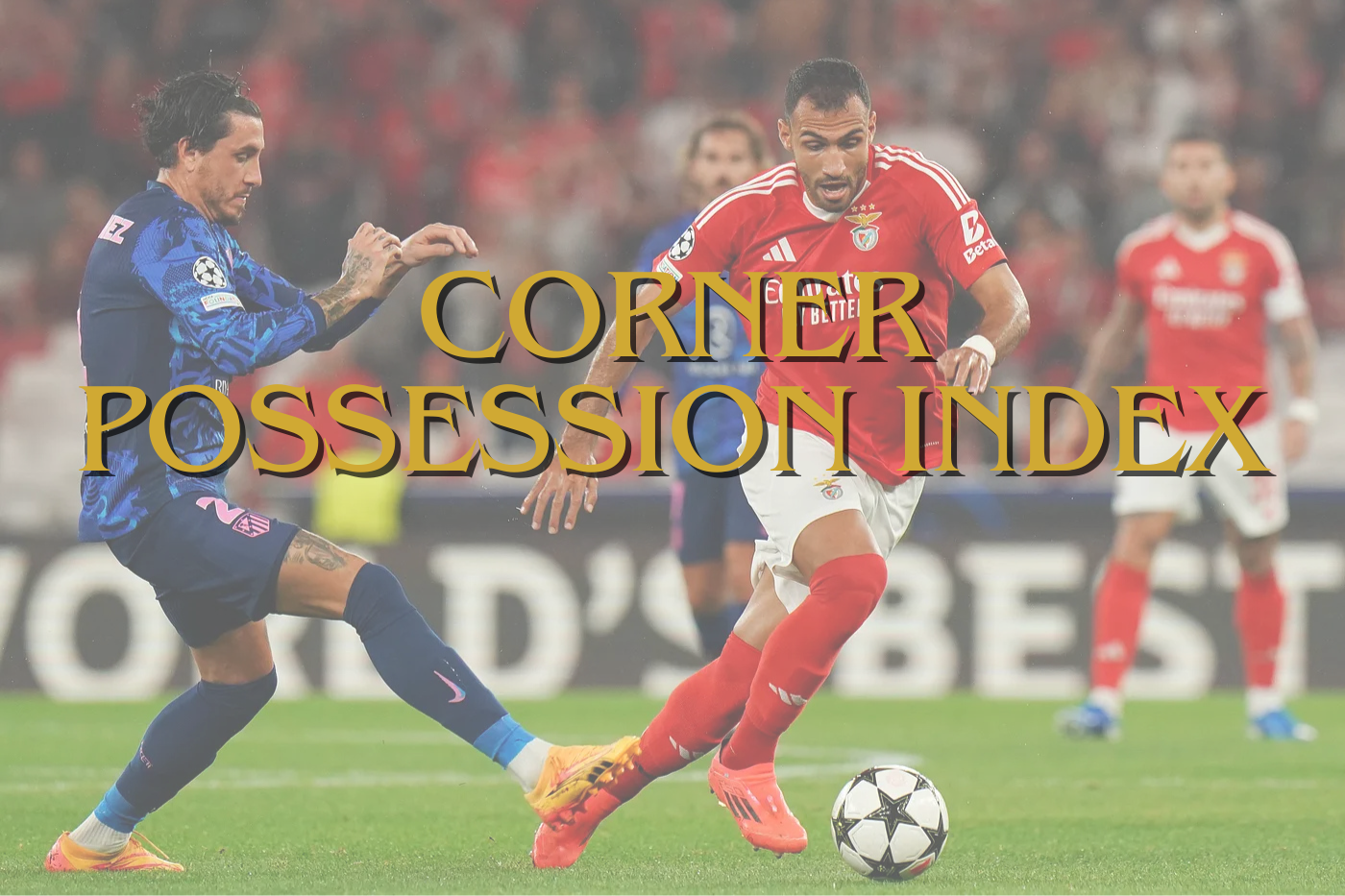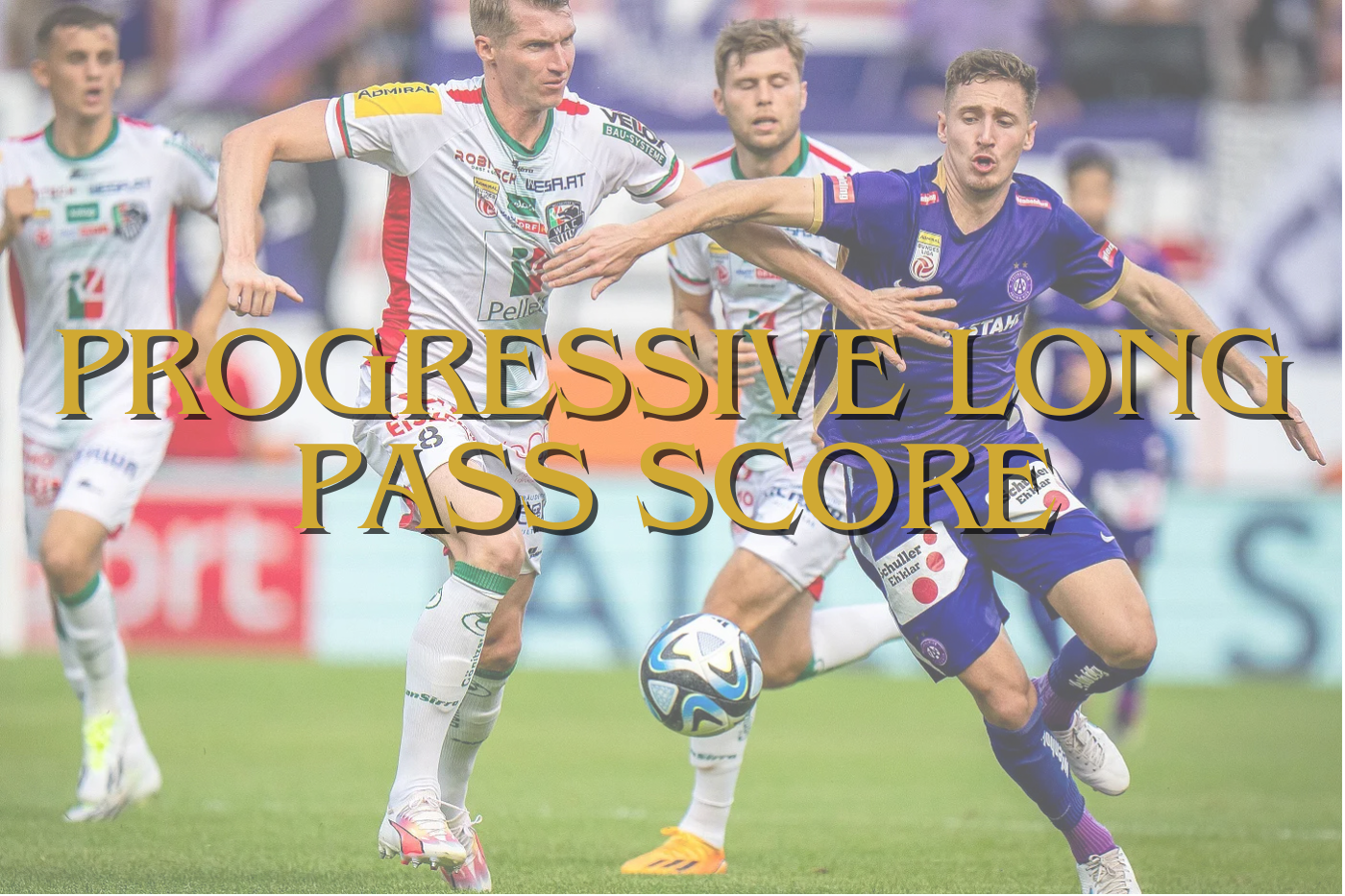I’ve been scouting a lot this year and when watching games, I’ve come across a very interesting phenomenon in both the academies and in senior football: inverted full-backs. Obviously, I knew what they were and how they acted in the elite of football, but I didn’t know it was that popular to implement it at other levels of football. And why not!
There are different systems a team can play and different formations, but in my experience, the inverted full-backs can be found in a formation that plays with a back four. It can be played with inverted wing-backs, but they have a slightly different role than the full-backs and that’s where my focus lies at the moment.
In a 4–3–3/4–2–3–1 or 4–3–2–1 the full-back often has an attacking role going forward. They provide the width that isn’t given in midfield and in attack — many full-backs make runs down the line and provide a cross to the incoming attackers and attacking midfielders. In this case study, I will look at inverted full-backs in the Dutch U18 and U21 leagues with professional academies and top amateur teams(without revealing which teams and players) and look at their systems.
The choice of inverted full-backs can be done to offer a support system when going forward when you have inverted wingers, but what I’ve seen in the games I’ve watched — is that the teams would play with wingers and inverted full-backs, which I found rather interesting to follow.
In the games I’ve watched, I could see a certain pattern. The two full-backs would go into the half-spaces when they were in possession of the ball. In the image below you can see that first would move into position, before assuming their position forward.

The full-backs are positioning themselves in a way that they can provide passes to several attacking players and moving up the pitch themselves. Important is to stress that it all starts with a compact defensive shape, consisting of 6 players — often in a 4–2–3–1 formation, one of the most used formations in the games I’ve watched.

What I saw a lot in that compact shape of 6 players, is that only the full-changed their position and the double pivot didn’t adapt to the situation. In possession, this was fine, as the attack was being constructed — but this could give problems in transition from attack to defence when losing the ball.
In the image below you can see how the inverted full-backs remained in the half-spaces and operated on the opponent’s half.

As you can see both the full-backs were higher on the pitch. In this case, this leaves space in both the half-spaces as the flanks on both sides. They need to be covered and in transition, it’s important that players get back. In the games I’ve seen, they reacted with two different options:
- The double pivot was broken and each of the players would cover a side. In the image above, this means that both #6 and #8 would trail back and cover the tradition full-back position, but leaving space in the middle — which should be covered by the inverted full-backs.
- The double pivot remains on their position, but the wing-attackers trail back to cover the original full-backs position. They would get a well-covered defence, but lacked the width in attack — the #10 and #9 could only get the ball through the middle and were easily defended.

When going forward, the inverted full-backs were part of a passing trial. In the image above you can see #2 and #5 as the inverted full-backs. They have two options when passing. The attacking midfielder (#10) or the wingers (#11 and #7). The #10 is an option what would bring the most success or most threat, as he acted in zone 14. He could distribute to the sole striker or give it to the wingers who would cut inside.
Passing to the wingers was interesting as well, but didn’t give a lot of threat in most of the games. The crosses into the box were quite okay, but only two players (#9 and #10) were able to attack the cross against 4 defenders.
Conclusion
It was very cool to see that in the U18 and U21 leagues, the concept of an inverted full-back was implemented — but it caused a lot of questions for the transition. Who would cover the driving inverted full-backs? And what were the consequences of that? The two resolutions they sought in transition, still made them exposed to attacking threat of their opponents. That’s the next step for those teams to discover and explore






